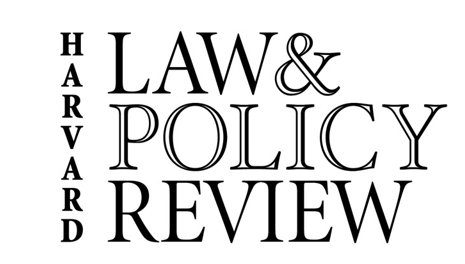Jonathan Peters
The more students use social media, the more they support free expression, according to a report released last week.
Policy researcher Kenneth Dautrich surveyed 12,090 high school students and 900 teachers about free expression, from April to June. His findings, published Friday in a Knight Foundation report, were many and varied—and contextualized, because the survey was the fourth in a series that began in 2004.
First, there is a positive relationship between student social-media use and support for free expression. For example, 91 percent of students who use social media daily agreed that “people should be allowed to express unpopular opinions.” Only 77 percent of students who never use social media felt the same way.
The link is there, but which is the chicken and which is the egg? Does social-media use cause students to better appreciate free expression? Or do students who appreciate free expression more often use social media? The report punted on that question.
Factors that did significantly affect students’ support for free expression—the researcher controlled for them—are GPA and class standing. The higher the GPA, the greater the support; the higher the class standing, the greater the support.
Second, student social-media use is exploding. More than 75 percent of students use social media, like Facebook or Twitter, several times a week. Nearly 65 percent, up from 31 percent in 2006, use the Internet several times a week to get news and information. And 71 percent, up from 39 percent in 2006, watch online videos several times a week.
It’s difficult to draw broad conclusions based on that data, other than to state the obvious: that media-consumption patterns are changing. But if social-media use does cause students to appreciate free expression, then these are good changes.
Third, in general students and teachers today appreciate their First Amendment rights more than they did in the past. Just 24 percent of students, down from 45 percent in 2006, said the First Amendment goes too far in protecting people’s rights. Similarly, 25 percent of teachers, down from 33 percent in 2006, said the First Amendment goes too far. Plus, nearly all students and teachers agreed that “people should be allowed to express unpopular opinions.”
Unless, of course, you’re a teacher and the person expressing the unpopular opinion is a student.
Only 36 percent of teachers, compared with 69 percent of students, said students should be able to express themselves on Facebook “without worrying about being punished at school.” Likewise, only 35 percent of teachers, compared with 61 percent of students, said students should be able to write about controversial issues in school media without the administration’s approval.
That’s disappointing but unsurprising. Schools for decades have had a fitful relationship with free expression, and many of them have used Tinker and Hazelwood to justify all manner of censorship. Studies conducted before and after those cases have shown, however, that the majority of schools always have restricted student speech. Undoubtedly, some of the restrictions are legitimate. The tough job is distinguishing the acceptable from the unacceptable, in communities that can’t decide to what extent schools should operate like the rest of society.
Jonathan Peters is a lawyer and the Frank Martin Fellow at the Missouri School of Journalism, where he’s specializing in the First Amendment. He’s written on legal issues for a variety of news media, most recently Wired and PBS. He can be reached at jonathan.w.peters@gmail.com
